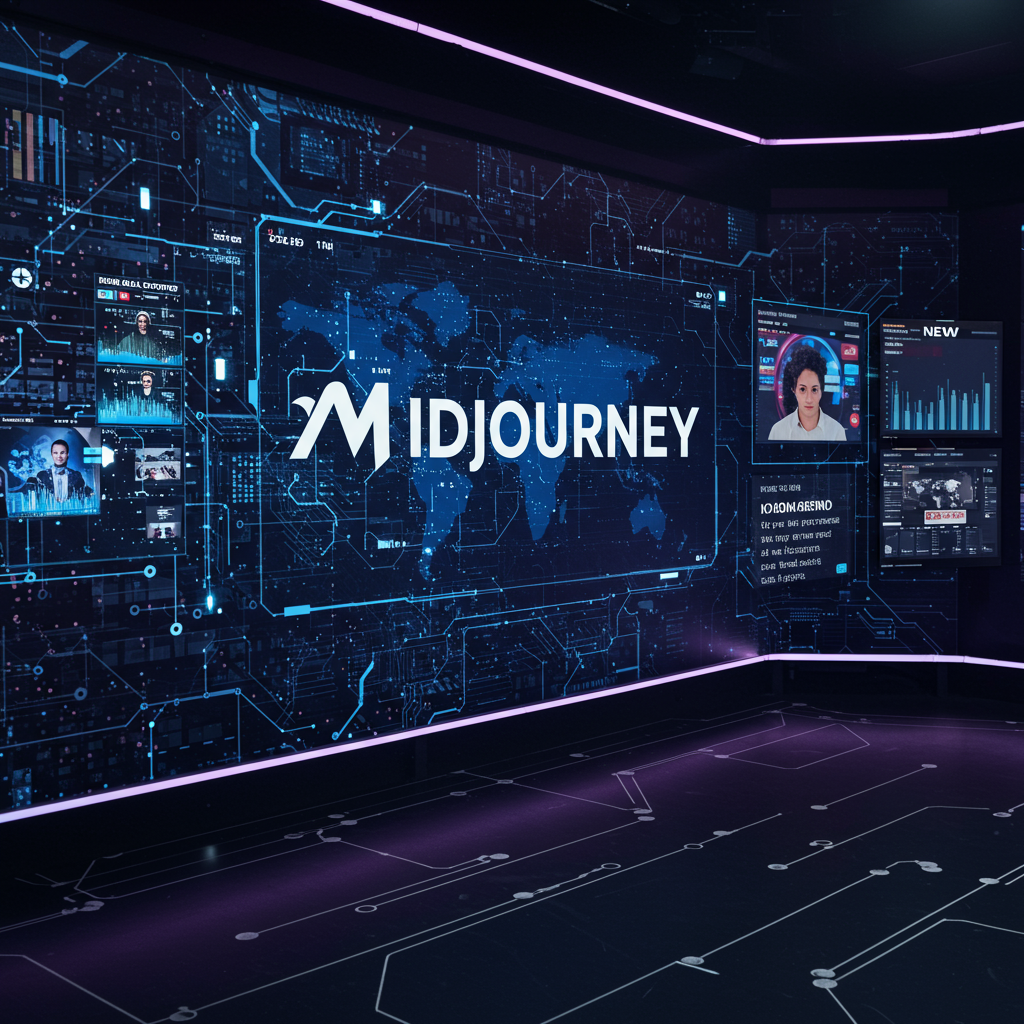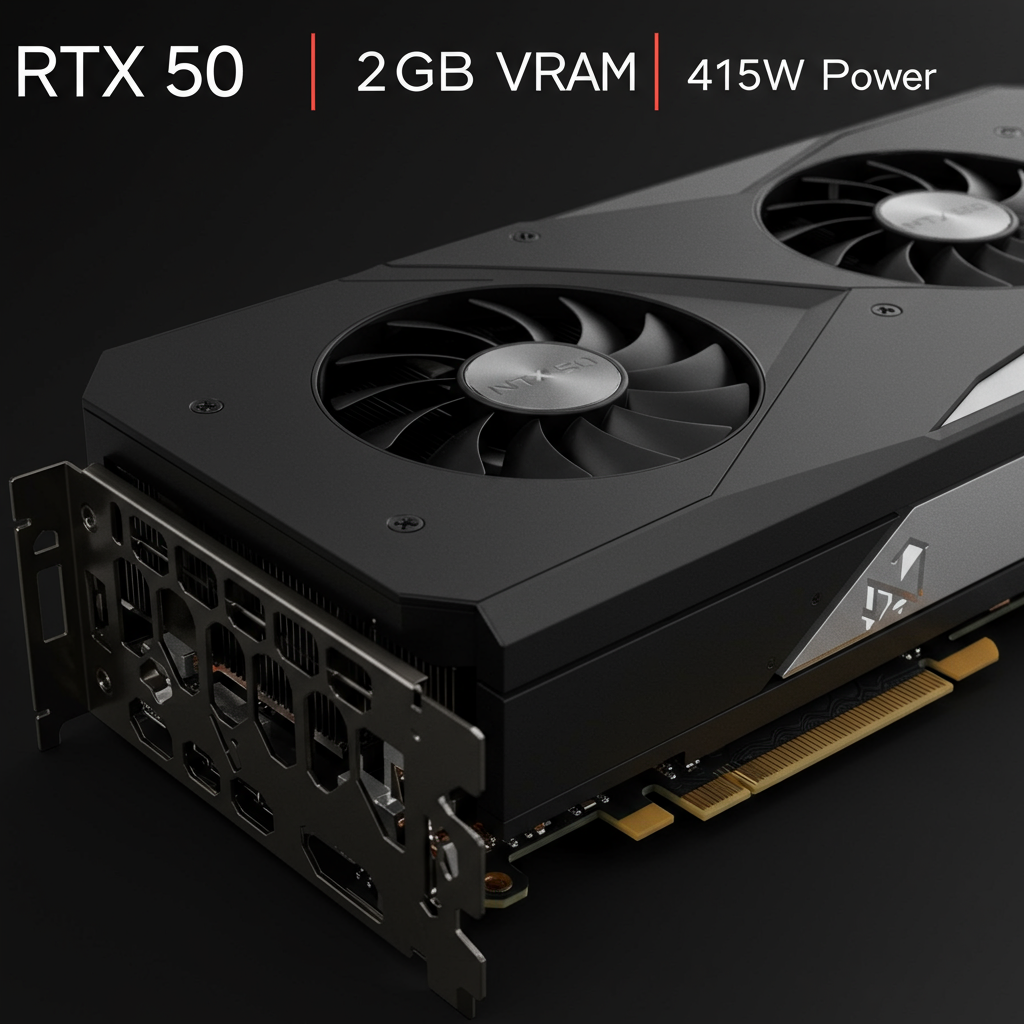Midjourney, the generative AI company celebrated for its stunning image creation, has officially entered the AI video arena with the launch of its first model, simply dubbed V1. This move signals a significant expansion for Midjourney, potentially shaking up a rapidly evolving market currently dominated by players like OpenAI’s Sora and Google’s Veo.
While some competitors are building sophisticated, cinematic-quality text-to-video generators, Midjourney appears to be focusing on accessibility and ease of use, particularly for its massive existing community of around 20 million users.
What Midjourney V1 Does
Midjourney’s V1 model focuses on transforming still images into dynamic, short motion clips. Users can animate any image created within the Midjourney platform or upload their own. The process is integrated directly into the web beta interface: simply generate or upload an image, hit “Animate,” tweak motion settings, and let the AI work its magic.
By default, V1 generates brief five-second video clips from a single image. For those wanting more, these clips can be extended in further increments, potentially reaching up to 20 seconds in length per job. Users can guide the motion with text prompts or rely on the AI’s automated synthesis. Options for ‘low motion’ (for subtle effects like a breeze) or ‘high motion’ (for more dynamic camera and subject movement) are available, though higher motion might increase the risk of visual artifacts – a common challenge in early AI video.
The Competitive Edge: Price
Perhaps the most notable aspect of Midjourney V1 is its reported affordability. While access requires an existing Midjourney subscription plan (starting at $10 per month), the company indicates that generating a video job costs roughly the same as upscaling an image. Spread across the potential 20 seconds of output from a single job, this positions the cost per second as highly competitive – potentially up to 25 times cheaper than some other AI video services on the market, according to Midjourney.
This pricing strategy is a key differentiator. While rivals like Sora and Veo are pushing the boundaries of photorealism and complex scene generation from text prompts, Midjourney is leveraging its image-focused strengths to offer a comparatively budget-friendly entry point into AI animation. It’s framed less as a tool for Hollywood VFX and more as an accessible “magic flipbook” for independent creators and enthusiasts.
Navigating a Crowded and Challenging Market
Midjourney V1 arrives in a bustling generative AI landscape alongside models like OpenAI’s Sora, Google’s Veo 3, Runway’s Gen-4, Luma Labs’ Dream Machine, and others. While Midjourney’s reputation for high-quality image generation is strong, V1 enters a new domain. Compared to rivals, V1 currently has limitations: outputs are short (max 20 seconds), there’s no integrated audio generation (requiring post-production), and it lacks built-in editing features like timelines or tools for ensuring continuity between clips. This initial release is positioned by Midjourney as a “technical stepping stone” and exploratory phase.
Adding complexity to Midjourney’s expansion is a significant copyright infringement lawsuit filed by major studios, including Disney and Universal. The suit alleges that Midjourney trained its models on copyrighted content without permission and facilitates the creation of infringing derivative works. This legal challenge casts a shadow over Midjourney’s business model and future development, particularly as it expands into video, which could become another area of potential infringement concern. The outcome of this lawsuit could heavily influence how AI platforms must handle training data and output controls moving forward.
Beyond Video: A Glimpse into the Future
Despite the competitive pressures and legal challenges, Midjourney has articulated an ambitious long-term vision: building a comprehensive “world model.” This involves merging image generation, motion, 3D environments, and real-time rendering into a unified system, potentially allowing users to navigate interactive, dynamically generated virtual worlds. The V1 video model, by providing the motion component, is seen internally as a crucial step towards realizing this complex goal.
For now, Midjourney V1 represents a strategic, accessible entry into AI video. It leverages the platform’s core strength in image creation and its large user base, offering an affordable way for creators to experiment with bringing their still visuals to life. While it may not compete head-on with the cinematic aspirations of models like Sora or Veo in its current iteration, its focus on cost-effectiveness and ease of use carves out a distinct space in the evolving AI video market, making motion accessible to many more creators.



